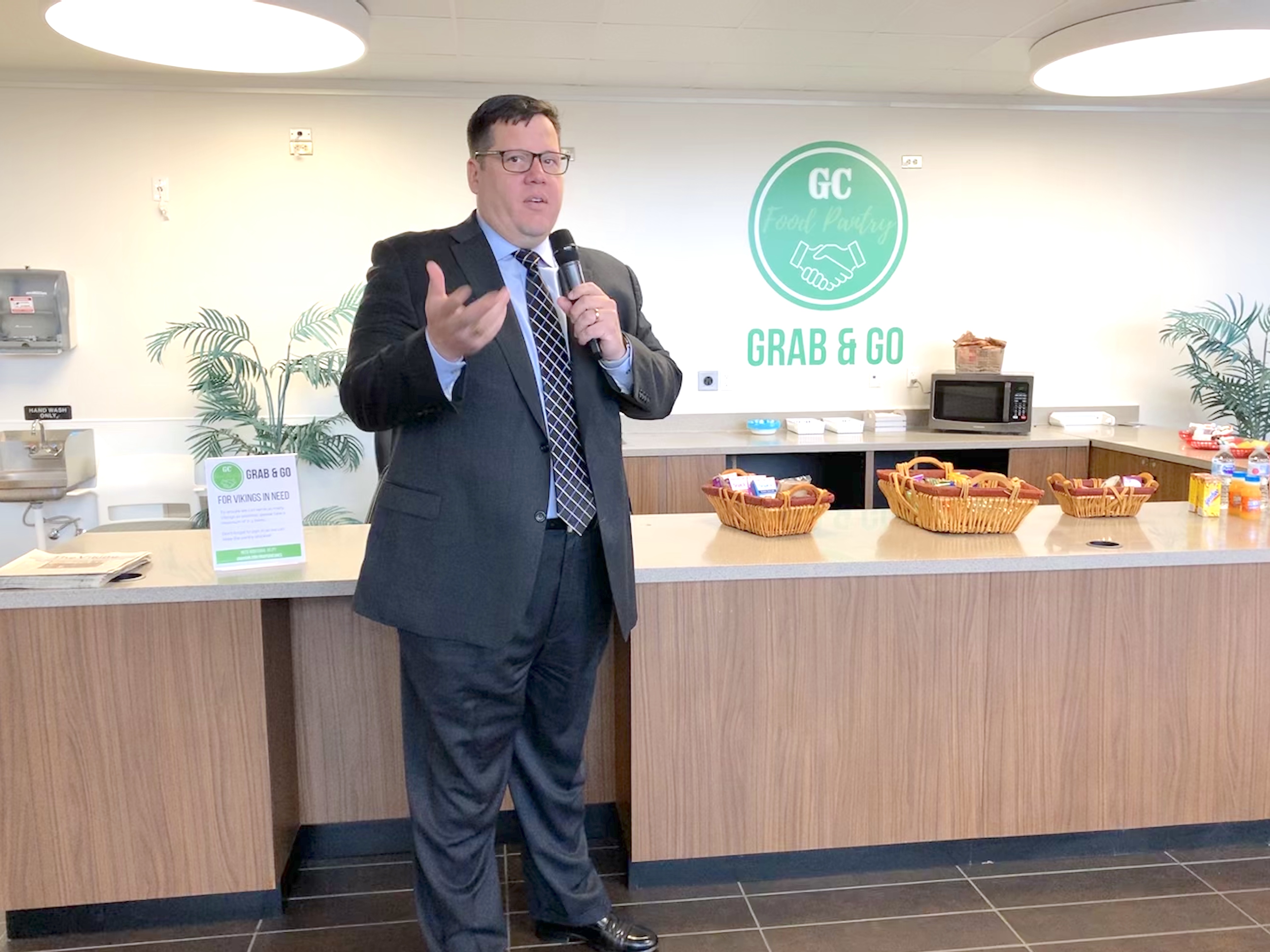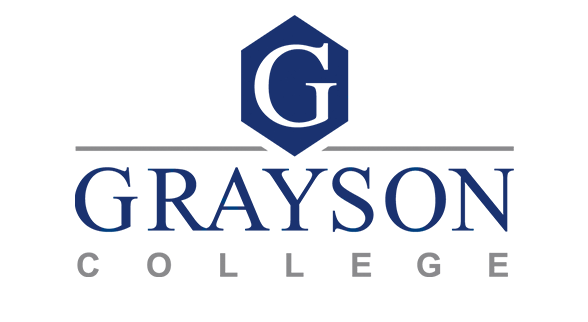Survey reveals 60% of GC students experienced basic needs insecurity last year
Denison, TX (February 17, 2020) – A recent survey conducted by the Hope Center at Grayson College revealed 60% of participating students experienced at least one form of basic needs insecurity in the past year. Of these, 37% experienced food insecurity in the prior 30 days, 51% experienced housing insecurity in the previous year and 15% experienced homelessness in the past year. There were 401 students that participated in the survey, which was a 12.3% response rate.
“The challenges our students face daily are real,” Grayson College President Dr. Jeremy McMillen said. “We continue to focus on removing those barriers, so our students have the best chance of success in the classroom.”
GC continues to work towards addressing these needs through its Grayson Cares program. This program includes a campus food pantry, emergency aid, veteran programs and additional resources. The College plans to use the survey information to help inform future programs and resources for students.
The #RealCollege survey is led by the Hope Center for College, Community, and Justice at Temple University. In 2019, the national survey was completed by more than 167,000 students at 227 community colleges and four-year colleges and universities located in 44 states and the District of Columbia. For the fifth year in row, the #RealCollege survey has documented a crisis affecting American higher education. Researchers conclude that more than 6 million students are affected by food and/or housing insecurity.
“It is clear that college is now about serious financial struggles, not partying. Money weighs heavily on students’ minds, and without a safe place to sleep and enough to eat they cannot concentrate on learning,” Founding Director of the Hope Center and leading expert on basic needs insecurity among college students Dr. Sara Goldrick-Rab said. “This is a waste of talent and it undermines our economy. To become student-ready, colleges need to move beyond food pantries and take preventative measures, and policymakers must support them. There are six pieces of federal legislation to address these issues pending in Congress now—it is time to act!”
This year’s national response rate of 167,000 students represents about eight percent of the total number of students contacted for the survey. The Hope Center’s research team estimates that that the figures extrapolate to at least 6 million affected students.
“We think these are conservative estimates of the true extent of the problem, since students without funds rarely have time to do surveys or access to the necessary technology for e-surveys like this one,” Managing Director of the Hope Center Christine Baker-Smith said. “We don’t advertise the survey as focused on food or housing, and do not offer any help.”
There are many interconnected reasons college students are facing basic needs insecurity today, according to the report. Some of these include -
- Tuition is up, but more importantly, financial aid to students has not kept up with the cost of living;
- Students are being asked to pay for books and tuition but lack the financial support the system demands—many students today are themselves parents or are supporting other family members;
- Employers are less likely to want to hire students since they may have complicated schedules, and for the students who can find flexible work, the minimum wage has not kept up with cost of living increases;
- The social safety net is not what it used to be—today, many college students are excluded from programs such as SNAP, for example; and
- College themselves are struggling with insufficient money to help students in need. For example, in public higher education, budgets have been cut 25% on a per-student basis over the last 30 years.

